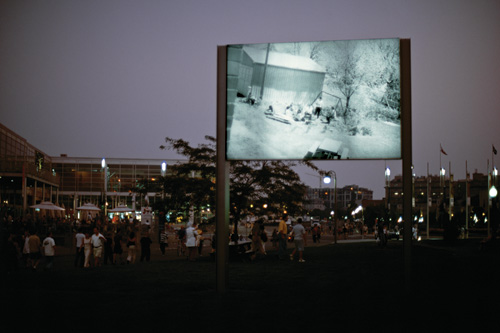by Sylvain Campeau
Looking back over twenty years and trying to retrace the path of experiments with images, we start in the early 1990s, when a couple of newcomers, Alain Paiement and Roberto Pellegrinuzzi, were already starting to turn heads. In an essay published in 1992, Denis Lessard tried to show what these artists owed to the heritage of Pierre Boogaerts, Bill Vazan, and Serge Tousignant.1 He also mentioned the work, then new, of Raymonde April, Lucie Lefebvre, and Denis Farley. This effort at historical perspective was out of place at the time, when the lion’s share of attention in the critical environment was being paid to the rebirth of installation art and the manner in which photography and, soon, the photographic would be inserted into it.
It is worth noting that today, a number of these artists are not just still active but at the forefront of contemporary photography. And so they may serve as reference points.
For these artists, as for many others, an important theoretical contribution was the appearance of the notion of installation, which integrated a way of thinking, instigated by minimalism, about the issues of exhibition spaces and how they conditioned the relationship with the viewer. Thus, photography began to act within a constructed environment of which it was one component. An obvious example is Jocelyne Alloucherie. But there is more. The quiet monumentalization of images was no doubt a consequence of this reflection. The ratio of scale considered normal by documentary photographers no longer existed. It had changed dramatically, leading to a reconsideration of how space and time are represented in the image. Initiated by the works of Bill Vazan, Pierre Boogaerts, and Serge Tousignant, this reflection on the question of spaces and volumes, both of which were extended in mosaics of images –with the addition of optical considerations in the case of Tousignant – can surely be seen in parallel with the approaches of Roberto Pellegrinuzzi and Alain Paiement, just as these artists’ works must be seen as inspiring the work of Nicolas Baier, Gwenaël Bélanger, and Andrea Szilasi.
The laying out of images in sequence also provokes temporal resonances. From the series thus created emerged temporal relations forming a narrative grouping. For instance, the primary reference of the works of Richard Baillargeon, Michel Campeau, Raymonde April, and Bertrand Carrière was essentially literary, as evidenced by the use of textual supports that went beyond simple legend or commentary. Today, the effort at narrative construction can be seen in references to the “seventh art,” cinema. For Ève K. Tremblay, still imbued with literary reminiscences, it is, rather, the work of brothers Carlos and Jason Sanchez, Milutin Gubash, and Bettina Hoffmann, whose motifs and formal considerations come from the world of film, that serve as her inspiration. Among these artists, there is a fairly sustained back-and-forth between the fixed image and the moving image. It is no longer possible to think of the image without considering its videographic animation. And this, in itself, is an important transformation: the evocation of narrative leads us to presume that our approaches to the image must pass beyond the difference between photography and videography.
It is worthwhile, no doubt, to note that the current era, in a movement begun in the mid-1980s (and even a bit before, in certain cases), is completely engaged in rediscovering the materiality of the image and the operations that form it and permit it to become what it is. It is as if we had not yet finished with a form of (self-)critical exploitation2 and self-reflexive look back at its mode of operation and its usages instituted by the organs of popular culture, or as if we had never finished with a desire to return to its intrinsic prospects, with its conditions of possibility. We would have to recognize, nevertheless, that recent works, perhaps more than past ones, are given to caricature, both imperceptible and brilliant, with reprise and quotations that are less denunciatory than operant and insidious.
Another current arose during the 1990s whose critical fortunes are perhaps less evident. This current was created by artists, many of them women, who turned to mise en scène and still life. I am thinking here of Holly King and Lucie Lefebvre. Apparent stagings of objects and unusual constructions of fabricated landscapes were their trademark. Similar concerns are found among artists such as Isabelle Hayeur, Jessica Auer, Andreas Rutkauskas, and Thomas Kneübuhler in their approach to changing the landscape. But now, these changes are performed thanks to new instruments and tools made available to artists as the digital world evolves, allowing new changes and transformations that no longer owe anything to the visual construction of artificial landscapes. It is similar for an artist such as Chih-Chien Wang, whose eminently narrative sequencing of images is galvanized by the fact that he places everyday objects and edible items within the register of the still life.
Here, too, modern landscapes are at odds with the new (digital) means of perceptible apprehension and aesthetic experience. Without going further than a Joan Fontcuberta in the use of communications means such as Google and certain simulation software for the composition of three-dimensional images to reproduce the topography of invented sites, artists such as Thomas Kneübuhler and Andreas Rutkauskas reconstruct landscape elements through tools beyond simple photography alone. Similarly, Isabelle Hayeur is able to make a new work by accumulating and stitching together borrowed landscape elements on the basis of an ecologically based critique. Then there’s Ivan Binet, who uses classics of Quebec art, capturing in photographic images what had originally been painted.
For others, photography is a flexible tool from which one might easily draw effects of surfaces, optical effects, and trompe-l’œil, provoking a complete upheaval in the appearance of things when they are conceived as a puzzling object. I am thinking, here, of artists with very different aesthetics. To people such as Nicolas Baier, the visual involvement in his medium is such that the rendering of the image takes precedence over the reproduction of the object. Pascal Grandmaison is also in this tradition – except, however, that photographic images alone do not suffice to achieve his aesthetic project and he must also resort to videographic images. And there are still other artists for whom photography is one of the digital tools that, like other media, may respond to their artistic purpose. For them, photography is a domain like any other, but one that offers specificity to their objectives as artists. Sébastien Cliche and Luc Courchesne may fall into this category. For the latter, especially, the photographic image is an act of presence, extended by his Panoscope – a site of complete interactive immersion. His Journal panoscopique, deployed over a number of years, shows, in wide-angle tondi, images reflected in a mirror dominating the lens and forming a total 360-degree image that reveals the entire horizon and everything moving on it. This is an extension of his project of total image presence, in which an invented interactive image competes with the real presence of things, while this presence is that, extended and triumphant, of the image.
Meanwhile, Alexandre Castonguay’s work involves an investigation of and return to machine art. Castonguay’s interest in images goes beyond the simple photographic frame. There are, of course, panoramic constructions that represent structures or connoted places, clearly showing the artificiality of their forced extension. His Éléments, however, are a true glossary of diverse image-production and -reproduction processes. In these works cohabit projections, surveillance camera capturing the presence of people and reacting to them, and images on a digital screen propelled by a projector. There are also a number of old 16 mm projectors (but without film apparent on the bobbins), slide projectors, video projectors, and overhead projectors, all of them producing images through the interference (or partial superimposition) of screens from which the image truly, definitively emanates.
In fact, what arises out of all of this is a sort of intersection of images. The 1980s and 1990s had heralded a marked interest in investigation of what photography could and should be, but it seems as if that quest has been abandoned in favour of image “performances” in which it seems less important to relate the essence of the photographic mechanism or, in fact, of what was, at one time, understood as being photographic – already an old notion. Today, the image is sovereign and changing, coming from multiple sources the impact of which we do not yet know how to measure. Images are thus everywhere and nowhere, disappearing and melting into the moving fluid that reflects them everywhere.
Translated by Käthe Roth
1 Denis Lessard, “Désirs de voyage: vingt billets pour la France,” in La Traversée des mirages. Photographie du Québec (Troyes: Transfrontières/Vu, 1992), pp. 20–32.
2 Ah! How nice it is to return to this fad of the 1980s, when parentheses allowed an opening to double meanings!
Sylvain Campeau has contributed to numerous magazines, both Canadian and European (Ciel variable, ETC, Photovision, et Papal Alpha). As a curator, he has organized thirty exhibitions presented in Canada and abroad. He has also written the essay Chambre obscure: photographie et installation and four poetry collections.
RELATED ARTICLES
Luc Courchesne, Journal panoscopique – Brian Massumi, Panoscopie. La photographie panoramique de Luc Courchesne
Bertrand Carrière, Caux – Gary Michael Dault, CAUX: Photographs by Bertrand Carrière
Isabelle Hayeur, Paysages incertains – Suzanne Paquet, Quelques fêlures
Bill Vazan, Itinéraires urbains 1960-1970 – Serge Bérard, Du concept au Cosmos, perspectivisme chez Bill Vazan
Bill Vazan, Itinéraires urbains 1960-1970 – Henry Lehmann, Tangible and Intangible lines
Alain Paiement, Parages – Mona Hakim, Les constructions de la vision
Nicolas Baier – Emmanuel Galland, De la peinture par téléphone
MAU, Plan large, MAP, Intégration – Jacques Doyon, Initiatives institutionnelles


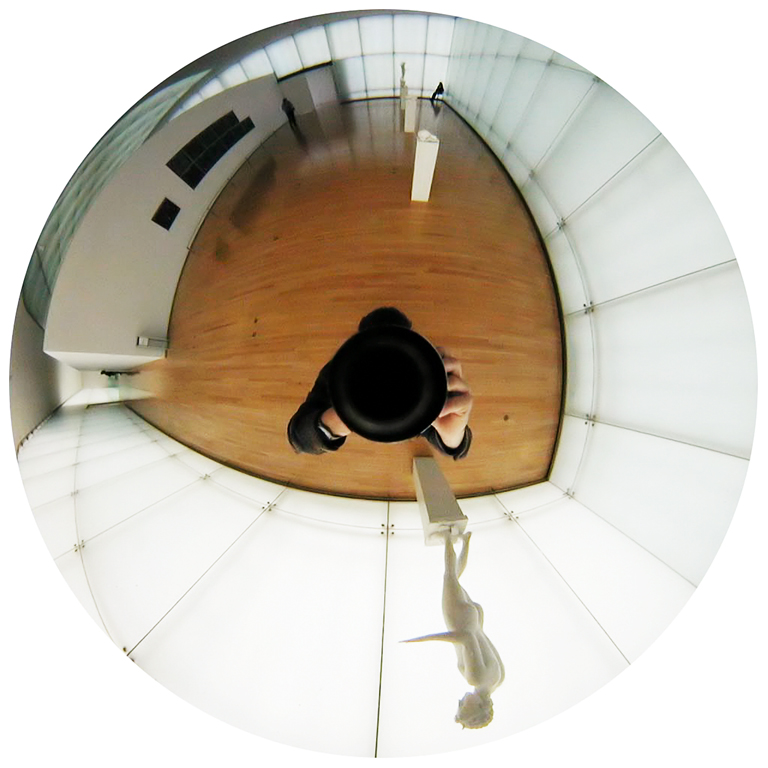
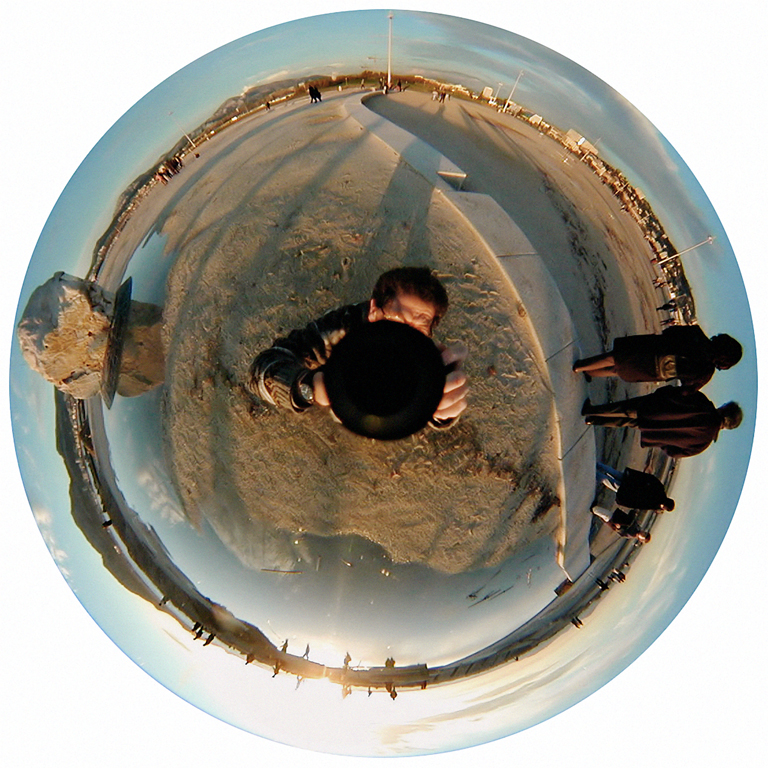
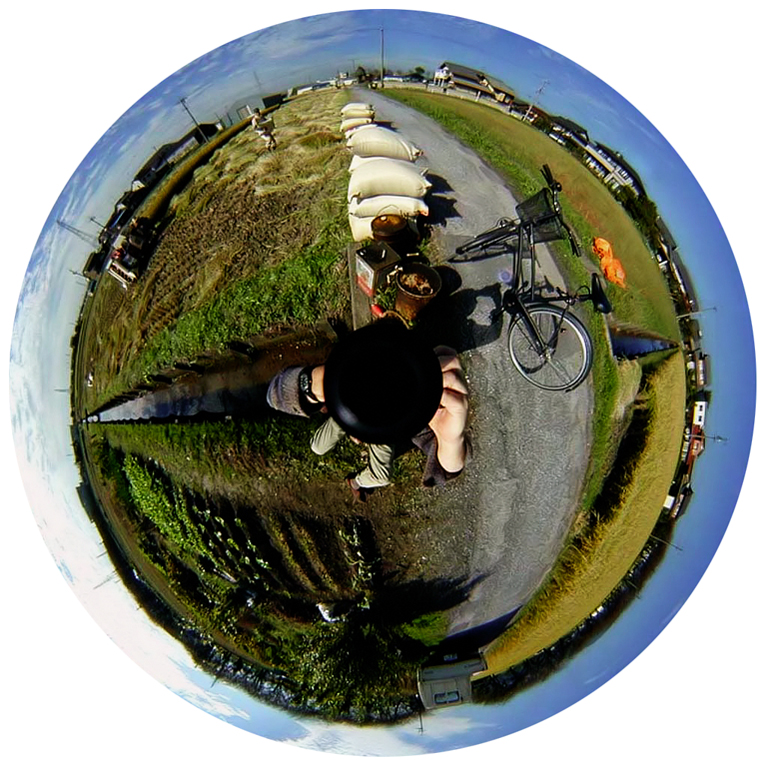
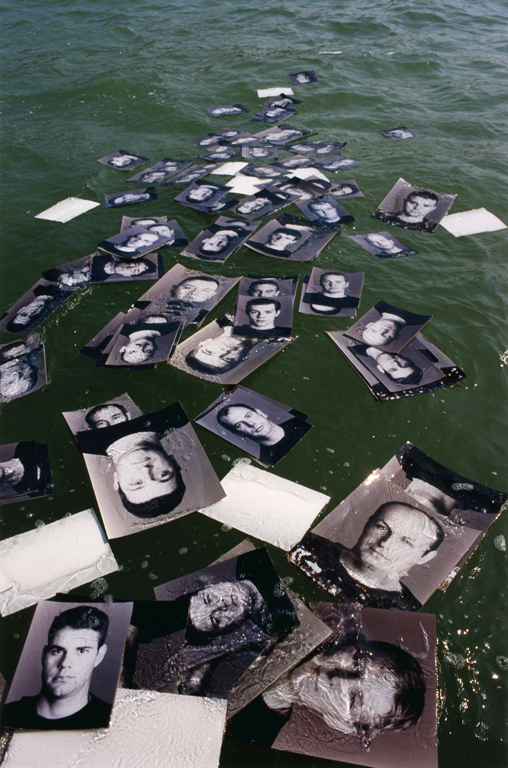

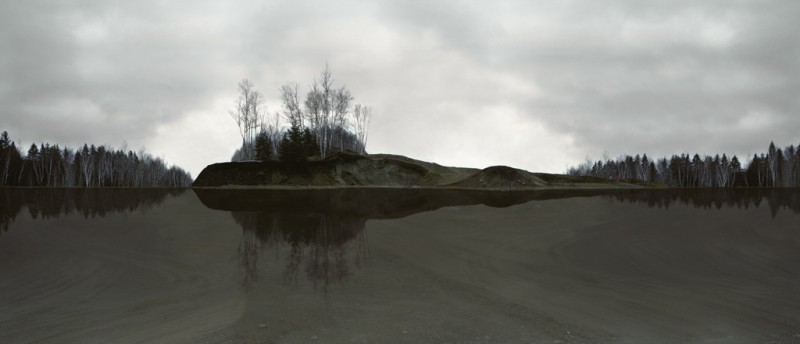
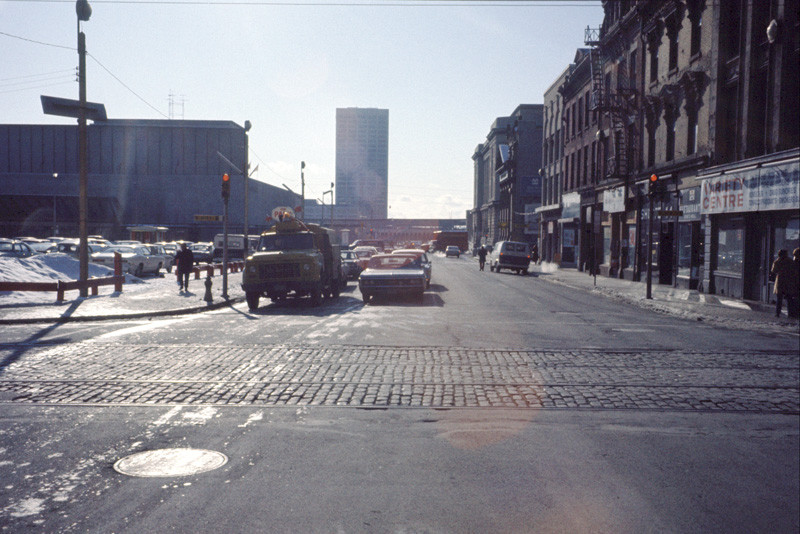

![Nicolas Baier, Liquidation Niko et ses amis, 1999, Sans titre [Établi], extrait du triptyque, tirage photo monté sur masonite, 244 x 244 cm. © Nicolas Baier](https://cielvariable.ca/wp-content/uploads/2000/09/52_07_nicolasbaier_img01.jpg)
